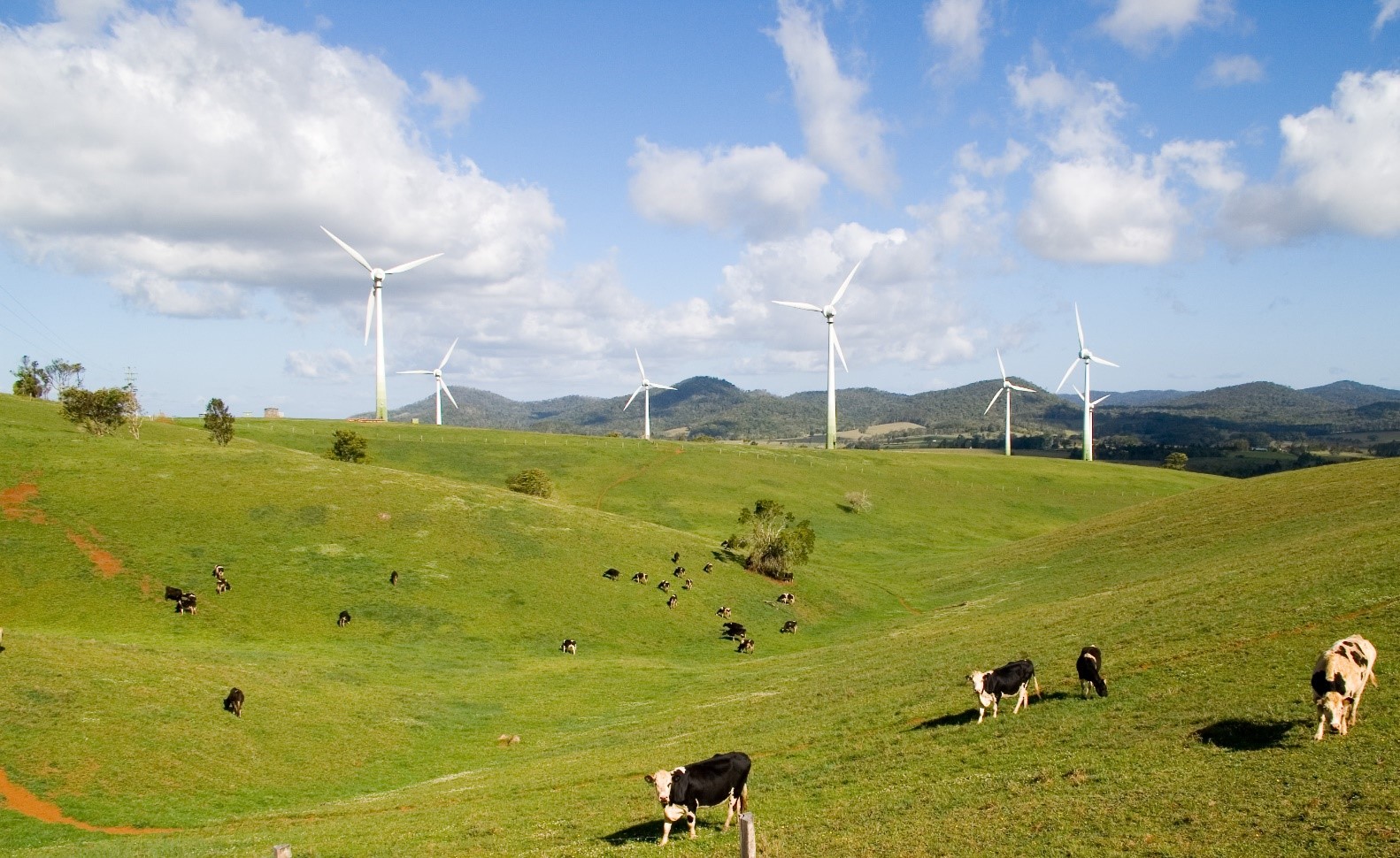“Solar power, wind power, the way forward is to collaborate with nature – it’s the only way we are going to get to the other end of the 21st century.” Bjork, Reykjavík, Iceland
Wind power is universal. Countless mills in the Netherlands and elsewhere have done work before steam engines out-paced them. Wind propelled sailing ships to explore the world and transport goods and people “from point A to point 2″. (a family witticism)
Why mention ancient windmills [and present-day foil-borne sailing craft exceeding 120km/h] when we discuss the future here, you may ask. It’s all part of history; — remember the saying “you can’t know where you’re going until you know where you’ve been?” Nature gave us the sun, the wind, water, hydrogen, and geothermal energy in abundance; it took humankind until recently to utilize those gifts — let’s use them more wisely than we used the other gift from Mother Nature, — petroleum. We need wind power and other non-polluting energy to create the electricity for H2 generation. Stanford University professor Mark Z. Jacobson says, “You can power the entire U.S. vehicle fleet with 73,000 to 145,000 five-megawatt wind turbines. That would take between one and three square kilometers of a footprint on the ground.”
American author Annie Dillard described wind power more thoughtful as “There is a muscular energy in sunlight corresponding to the spiritual energy of wind.” More pro-active than that, humans have harnessed wind energy for centuries. Windmills have provided power for various purposes, and sailing ships have transported people and goods across rivers, lakes, and oceans.
Windmills have evolved into wind turbines to create ‘green’ electricity. Like solar farms, wind farms are sprouting up, giving us another clean alternative for electricity generation, other than carbon-fueled. We need that in order to produce gas (H2) for the fuel cells we are getting ready to use. People and industry are determined to use hydrogen-electric power in our autonomous cars sooner rather than later — and then advance to the hydrogen economy where H2 will free us finally from carbon-based energy.
“Most hydrogen produced today comes from fossil natural gas through the steam-methane reforming, or SMR process – and unless hydrogen can be produced competitively with renewable energy, fuel cell technology risks hitting fossil status, itself”, one pundit said.
“Why not just use the electricity produced by wind power for electric vehicles? Why bother making hydrogen?” asks Shigeki Tomoyama, a Senior Toyota Project Manager; — ”Because it’s easier to store hydrogen than electricity”, he answered his own rhetorical question.
Toyota makes the Prius gasoline-electric hybrid, but places its emphasis on FCEVs, because battery-electric vehicles are limited by their travel range and charging duration.
Tomoyama coordinates a “partnership between Toyota and the cities of Yokohama and nearby Kawasaki, and the prefectural Kanagawa government. Hydrogen generated at the wind-power plant Hama Wing in Yokohama, southwest of Tokyo, is compressed and transported by truck to power fuel-cell forklifts at four sites in the area — a factory, a vegetable-and-fruit market, and two warehouses. The Japanese electronics company Toshiba Corp. and energy supplier Iwatani are participating as well.”
Newly developed H2 tank trucks serve as mobile GAS stations for the forklifts.
According to the participating companies, ”Wind-powered hydrogen is expected to reduce carbon-dioxide emissions by at least 80 percent compared with using natural gas or grid electricity.”
In harmony with nature: a small wind farm on a large dairy farm. Thanks to Flickr user Rae Allen
On this side of the Pacific Ocean, the first American wind farm in Long Island Sound went online in December 2016. “The wind industry crossed an important threshold in the United States last year, exceeding the generating capacity of hydroelectric power for the first time, according to the main industry trade group, the American Wind Energy Association,” Diane Cardwell wrote in The New York Times. — Earlier this year, I came across a surprising announcement. Have a look at this.
Back to hydrogen, we must give special credit to Bjork’s home country, striving to be the first to convert to a hydrogen economy by 2040. Further east, Germany and Denmark are generating hydrogen, thanks to wind-power generated electricity.
Next: Cooperation with China benefits Hydrogen & Fuel Cell History

